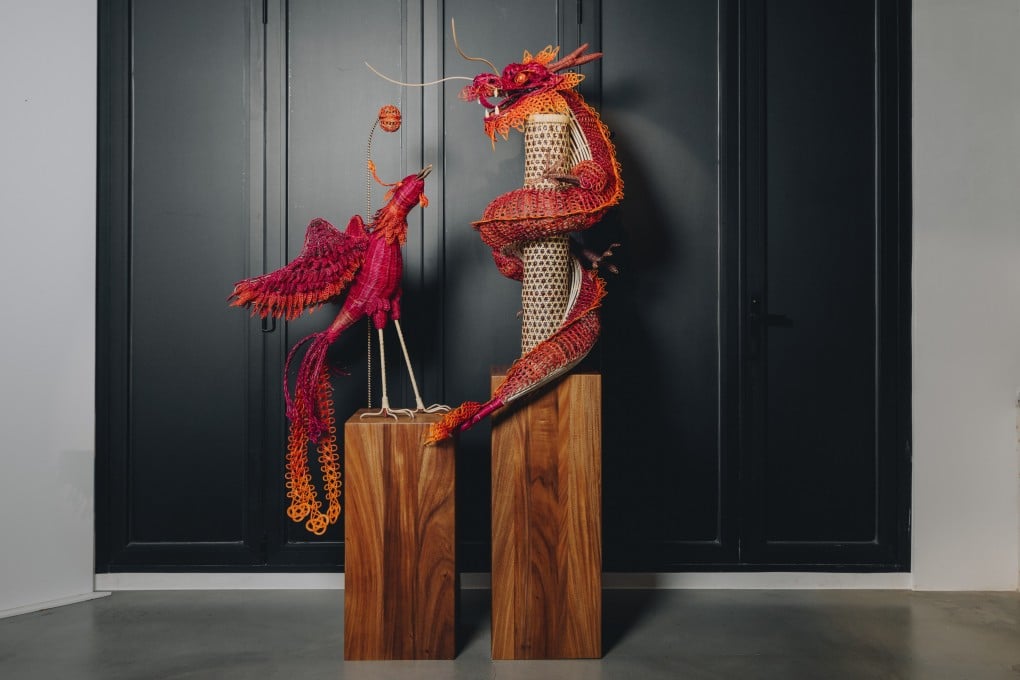How humble rattan furniture is experiencing a modern renaissance
Rattan is being reimagined with rarefied flair, with contemporary interpretations by young artisans in Asia resulting in highly designed pieces of art

By all accounts, rattan has become a booming interiors trend.
Ticking boxes for sustainability, style, versatility and more, the fast-growing vine prolific in tropical regions has been in trend forecasters’ sights for the past few years. And it’s no longer just a cheap and cheerful material ubiquitous in budget homewares, but rather a highly designed luxury item.

Local weavers Cecilia Lai and Barnard Chan, co-founders of Breakthrough Art Studio, showcase in an exhibit called Dual Echoes two versions of the nostalgic peacock chair, so named for its flared, tail-feather-like back. One is faithful to the original design; the other a contemporary reinterpretation.
Their second exhibit is the sculpture Auspicious Horizons, a pair of rattan and wood installations in the form of a dragon and phoenix, symbols representing spiritual harmony in Chinese culture.
Lai and Chan picked up their skills in Taiwan and then honed their technique at Yue Kee Rattan Factory, founded in Hong Kong in the 1950s but now manufacturing in Xingning, Guangdong province.
“On their return to Hong Kong in 2024, Cecilia and Barnard assisted in cataloguing Yue Kee’s invaluable design archives [at the company’s warehouse] in Tuen Mun, facilitating a comparative analysis of regional techniques that ultimately informed the development of their distinctive contemporary style of rattan artistry,” says Penelope Luk, creative director of Crafts on Peel.
